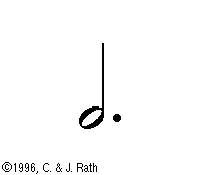5th Grade Music Quiz Quarter 1
- NAfME
2.
You may optionally provide this to label your report, leaderboard, or certificate.
×
Thank you for your feedback!

















